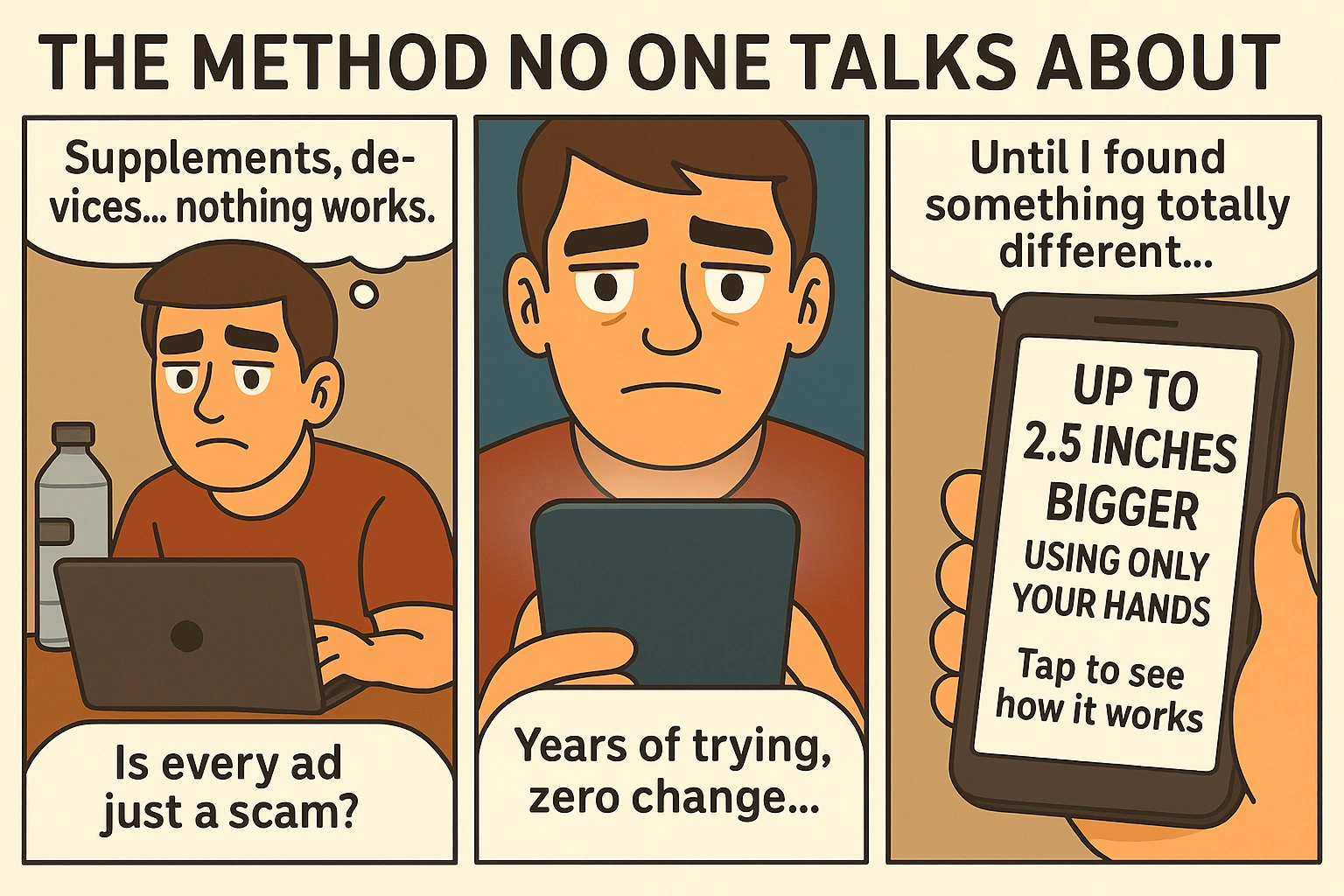Strength or Sweat? The T-Hormone Showdown Begins 🏋️🔥
Whether you’re trying to build muscle, burn fat, or boost libido—testosterone is the hormone that drives it all. But when it comes to fitness, the question remains: what’s better for your hormones—cardio vs strength testosterone impact?
In this article, we break down how different training styles affect your T-levels, sex drive, body composition, and overall masculine energy. Get ready to train smarter—and harder.
How Exercise Impacts Testosterone
Movement is medicine. Physical activity is one of the most powerful natural testosterone boosters known to man. But not all workouts are created equal. The way you train can either spike your T—or slowly burn it out.
To optimize your testosterone, you need to find the sweet spot between intensity, volume, and recovery. Too little training = weak stimulation. Too much = cortisol overload.
The Case for Strength Training
Heavy resistance training—especially compound lifts like squats, deadlifts, and presses—is strongly linked to higher testosterone production. It triggers anabolic signaling, increases growth hormone, and promotes neuromuscular adaptation.
Research shows that lifting weights 3–4 times per week significantly elevates both baseline and post-exercise testosterone, particularly in men under 40. It also supports bone density, posture, and insulin sensitivity.
Bonus: strength training improves sexual performance, erection quality, and confidence. It’s a hormonal and psychological powerhouse.
Check out how stress can negate these gains in our article on stress hormones and sex drive.
What About Cardio? Friend or Foe for Testosterone?
Cardiovascular exercise has plenty of benefits: heart health, fat burning, stress reduction. But when it comes to testosterone, cardio is a double-edged sword.
Moderate-intensity cardio (like brisk walking, cycling, or short jogs) can help regulate hormones by improving blood flow, reducing excess body fat, and lowering inflammation. It supports testosterone indirectly—especially when combined with resistance training.
However, chronic long-distance endurance training (marathon running, daily HIIT, etc.) may lead to suppressed testosterone over time. That’s because excessive cardio elevates cortisol, burns through nutrients, and signals the body to conserve energy—not build muscle or fuel libido.
Strength vs. Cardio: The Hormonal Face-Off
| Factor | Strength Training | Cardio |
|---|---|---|
| Testosterone Boost | High (especially compound lifts) | Low to moderate |
| Cortisol Impact | Short-term spike, long-term drop | May stay elevated with overtraining |
| Fat Loss | Moderate, especially with muscle gain | High, if paired with diet |
| Libido Effect | Improved blood flow, erections, desire | Helps only if not excessive |
| Muscle Gain | Significant | Minimal |
The takeaway? Use cardio wisely. Too much can backfire. Too little and you miss out on cardiovascular and metabolic health.
Best Way to Combine Both for Maximum Testosterone
You don’t have to pick one over the other. Here’s how to create a T-friendly workout plan:
- 🗓 Lift weights 3–4x per week with compound focus
- 🏃 Do cardio 2x per week—preferably zone 2 or short sprints
- 🛌 Prioritize 7–9 hours of sleep for recovery and growth
- 🍳 Eat enough healthy fats, carbs, and protein post-workout
- 😤 Limit HIIT to 1x per week max to avoid cortisol spikes
Want to know how alcohol kills your gains? Read our full analysis on the alcohol testosterone myth.
Real-World Example: Cardio Addict vs. Power Lifter
Meet Alex and Leo. Alex runs 10K five times a week. Lean but tired, he struggles with sleep, recovery, and libido. Blood tests show borderline low testosterone and high cortisol.
Leo lifts 4x a week, walks daily, and does short sprints twice a week. He sleeps 8 hours, has strong morning wood, and high libido. His testosterone is well above average for his age.
The difference? Hormonal signaling. Alex’s routine tells his body to survive. Leo’s tells it to thrive. This is the core of the cardio vs strength testosterone debate: train for performance, not punishment.
Psychological Benefits of Strength Training
Lifting doesn’t just boost testosterone—it builds confidence, focus, and emotional resilience. Studies show that resistance training enhances dopamine and reduces anxiety in men. It trains your mind as much as your muscles.
Cardio has its place, but too much can drain you mentally. If you’re already stressed, it may actually amplify hormonal chaos. See our breakdown of blue light and testosterone to understand how stress stacks up silently.
Testosterone, Training, and Sexual Performance
Want harder erections, more desire, and better stamina? Focus on strength. Testosterone supports nitric oxide production, blood flow, and muscle tone—all vital for performance.
In fact, men who lift consistently report better sex, stronger orgasms, and increased partner attraction. Why? Confidence + chemistry = unstoppable.
Want to Unlock Maximum Gains, in and out of the Bedroom?
Training is only part of the puzzle. To amplify results, you need hormonal balance, strategic recovery, and proven male growth systems. Access the full method here and start growing from the inside out.
Also check how testosterone affects your hairline in our deep dive on hair loss and testosterone.
Frequently Asked Questions About Cardio, Strength, and Testosterone
Does cardio lower testosterone?
Not always. Moderate cardio supports testosterone by reducing fat and improving blood flow. But excessive cardio—especially long-distance running or daily HIIT—can lower T over time due to cortisol elevation.
Is lifting weights better for testosterone than cardio?
Yes. Resistance training is one of the most effective natural ways to boost testosterone. Compound lifts, done with intensity and proper recovery, create the perfect anabolic environment.
How often should I lift to boost testosterone?
3 to 4 sessions per week is ideal. Focus on progressive overload, rest between sets, and prioritize form over ego lifting. Don’t skip sleep—it’s when testosterone rebuilds.
Can I do both cardio and strength?
Absolutely. The key is balance. Prioritize strength training, and supplement it with light to moderate cardio or short sprints. Avoid chronic cardio overload.
What’s the best time to train for testosterone?
Morning workouts can spike testosterone and kickstart your day. But consistency matters more than time. Pick the time that fits your rhythm and recovery schedule.
Quick Checklist: Testosterone-Boosting Training Plan
- ✔ Lift heavy 3–4x weekly (compound lifts)
- ✔ Sprint or walk 2x per week (avoid excessive HIIT)
- ✔ Sleep 7–9 hours (non-negotiable)
- ✔ Refuel with whole food: eggs, red meat, avocado, nuts
- ✔ Limit training to 45–60 mins to avoid cortisol spikes
- ✔ Recover with sauna, breathwork, and cold showers
Conclusion: Train for Power, Live With Purpose
When it comes to cardio vs strength testosterone effects, strength clearly wins—but cardio has its place when used wisely. The key is strategy. Hormonal success isn’t built in a single session—it’s earned through balanced, consistent training.
Want more than just muscle? Want presence, passion, and power? supremepenis.com gives you the full roadmap. No fluff—just proven tools for male performance mastery.
Up next: Discover how blue light is wrecking your testosterone in this guide.
Runner vs. Lifter: The Testosterone Showdown
Look at the average marathon runner: lean, low muscle mass, often tired. Now compare that to a powerlifter or gymnast—dense muscle, grounded energy, strong jawline. These are hormonal signatures, not just aesthetic differences.
Endurance-focused athletes often experience lowered testosterone, increased injury risk, and weakened libido—unless they deliberately manage recovery and nutrition. Lifters, on the other hand, build hormonal resilience by training their nervous system as well as their body.
Masculinity Is More Than Muscle
It’s about how you move through the world. Strength training sharpens your posture, deepens your voice, improves your mood, and enhances how you respond to stress. It hardens your body—but also softens your fear.
This is why we teach lifestyle integration at supremepenis.com: we’re not just building stronger bodies—we’re upgrading men from the inside out. Your training should make you feel more like yourself—not drained, distant, or dependent on stimulants.
The Long Game: Train for the Decade, Not the Day
Fitness fads come and go. Hormones respond to consistency. The man who trains smart for 10 years will always outperform the guy chasing sweat and soreness. Every strength session is a signal: “I am here to grow.”
Train like a man on a mission. Your body will follow. So will your energy, your woman, and your success.
🏋️ Strength vs 🏃 Cardio: Hormonal Impact Comparison
| Training Type | Testosterone Boost | Stress Hormones | Muscle Impact |
|---|---|---|---|
| Heavy Lifting | 🔼 High | 🔽 Reduced over time | 💪 Muscle growth |
| Sprinting | 🟢 Moderate | 🟡 Controlled spike | 🔥 Fat loss + T support |
| Endurance Running | 🔻 Suppressed long-term | 🔺 High cortisol | ⚠️ Muscle breakdown |
| Walking / Zone 2 | 🟢 Indirect support | 🔽 Stress relief | 🙂 Maintenance |
Smart Training = Smart Hormones 🤖💪
Why do I feel tired and weaker when I do too much cardio?
Endurance training floods your system with cortisol. Over time, it reduces testosterone, increases muscle breakdown, and leads to chronic fatigue or “skinny-fat” body type.
Can I increase testosterone just by lifting without supplements?
Yes. Heavy resistance training is one of the most effective natural methods to boost T. Add sleep, healthy fats, and reduced stress and you’ll see measurable results—no pills needed.









